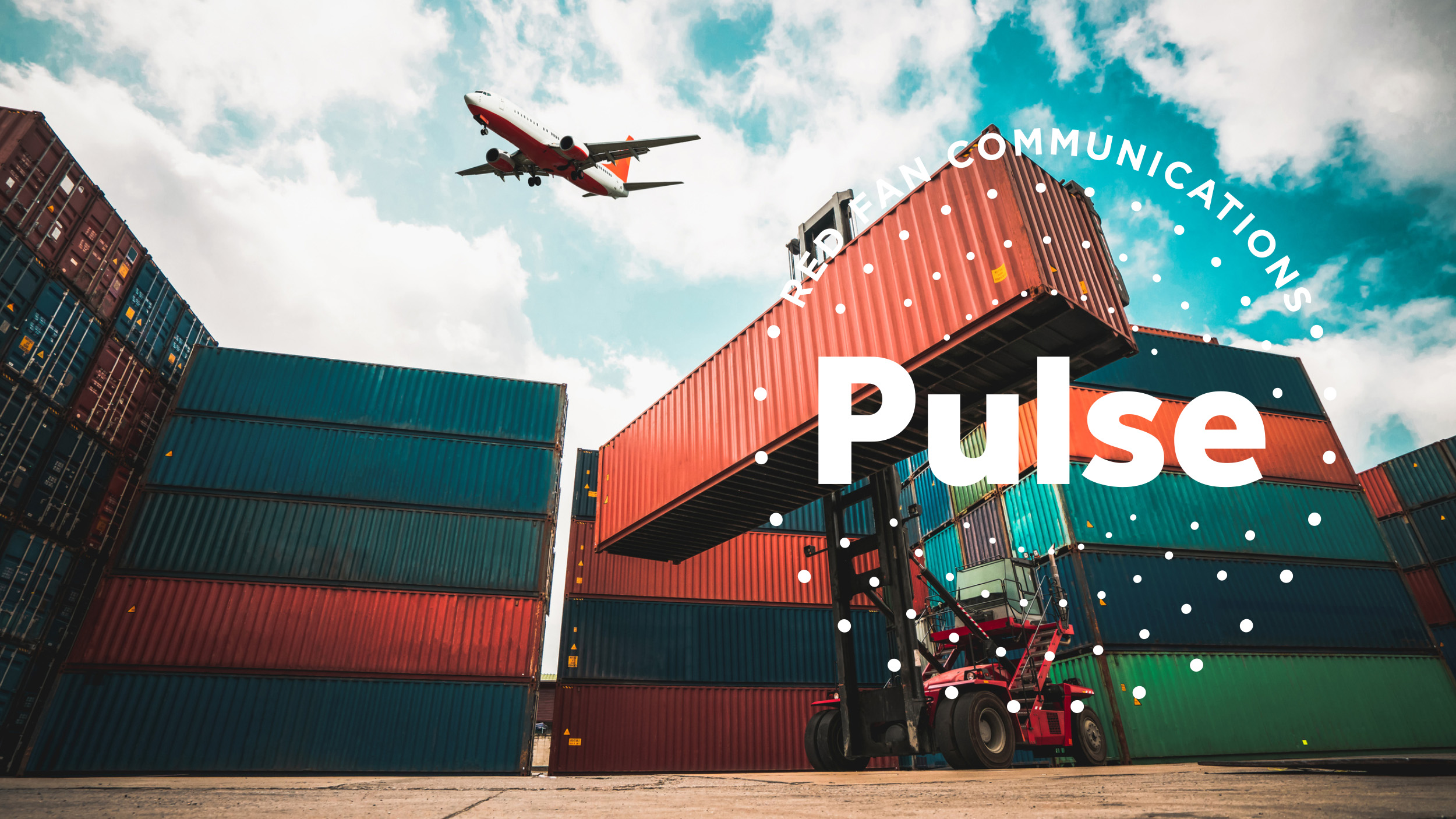An industry long-overlooked by emerging technologies is finally getting the attention it deserves (and desperately needs given its scope and complexity). Construction technology (Contech) is rapidly evolving to deliver a much-needed overhaul and address a variety of problems—both old and new—that plague developers, engineers, construction management companies, suppliers and other critical areas of construction’s value chain. In an industry so dependent on critical data collection and analysis—much of which involves the safety of those on-site—technology offers new pathways to eliminate mistakes that could cost lives and dollars, optimize construction sites and ultimately lead to greater profitability
While contech is not a new concept it has historically lagged behind other industries like insurance and financial technology. It is, however, catching up quickly. The pandemic forced accelerated the adoption of new technologies and tools, which in turn revealed the increasing contech’s importance—and opportunity—industry experts and investors. “Four or five years ago, contractors were not investing, they were testing concepts. Today, you can see contractors are really investing in venture capital as well. And that, as a result, has been a huge increase in the amount of money flowing into this,” Gonzalo Galindo, the president of Cemex Ventures, told Construction Dive.
Contech is not a want anymore—one could argue it never really was—it’s a need that can address nearly every step in the construction process: lagging productivity, worksite dangers, late payments, human error that can derail projects. The contech an industry is currently booming, with exciting trends finally coming to fruition in 2022.
Contech Trends Expected to Dominate 2022
Construction technology promises to address a variety of issues in the industry from poor visibility due to disconnected processes to supply chain delays. Modern imaging and automation technologies can help bring assets, professionals, processes and job sites into a singular platform. A recent Deloitte report highlights the benefits of connected contech: “A larger integration of modularization and prefabrication approaches into the design and build processes is at the forefront as more E&C firms begin to distribute their build and sourcing capabilities. Another aspect of connected construction is better control over emissions through dynamic, always-on monitoring, not just during design and build, but also during the operating phase. End-to-end operations management, known as Design-Build-Operate-Own-Maintain (DBOOM), can likely facilitate this aspect and help E&C firms improve potential margins while reducing emissions during the project life cycle.”
These are the stand-out Contech trends expected to make big changes in 2022.
Augmented Reality
Augmented reality (AR) overlays digital information onto images of the real world. It is already being used in construction to overlay project or plan instructions, develop 3D models of buildings, and even improve safety. AR is likely to become the new standard to overcome common challenges that affect difficult positions and heavy machinery operation.
Ian Dobson, head of UK maritime at ByrneLooby, sees potential for this technology to meet the demand for port expansions. “The potential and benefits of AI and AR are becoming more apparent with high-definition visualization technology increasing accuracy and, as a result, reducing waste during construction. These technologies also help us to achieve better quality control, moving us away from error-prone 2D workflows to 3D ones. Dobson noted. “Ultimately, digital solutions are helping to address the physical and human challenges that currently exist around port planning and construction, and I’ve only scratched the surface of potential opportunities. With so much market activity and so many projects to complete on time and on budget, those involved in this vertical should be looking to invest strategically in the latest technology and up-skill their workforce to use it appropriately and for maximum benefit to all stakeholders.”
Predictive Analysis
Predictive analysis uses statistics, analytics, machine learning, and artificial intelligence (AI) to predict behavior based on past data. The practice can be used in construction to create a group of potential future outcomes based on variable changes so a company can make preparations for its chosen outcome.
Digital Twins
A digital twin is a virtual creation of a building. Digital twins typically enter the process when a project nears completion and are primarily used to create a digital space to optimize the actual physical space. Its purpose is to bridge the gap between form and function to eliminate costly mistakes before they occur. Digital twins could be particularly useful for projects that require significant site traffic, such as airports, stadiums, and shopping malls.
5D BIM
5D building information modeling (BIM) is the process of creating an accurate digital representation of a physical building. Traditional pre-construction efforts only had the capability to create a frozen design. Since they couldn’t evolve with real-time changes during a project, frozen designs are often imprecise. 5D BIM creates an evolving design for a more precise project scope that allows every element from square footage to pricing, timing, layouts, and more to be conceptualized. The result is a clearer understanding of the project design and cost-drivers as well as opportunities to reduce mistakes and complete projects more quickly.
Construction Payment Software
The adoption of payment technology and new strategies is essential for the industry. According to a Building Design + Construction report, less than 10% of contractors surveyed by Levelset said they always got paid on time in 2021. That was a 60% decline from the previous year’s survey. Late payments in 2021 decreased profits for 43% of companies surveyed. Only 11% of companies surveyed reported that they always got paid in full last year. This is a big dip from the 43% of firms that said they always received full payment in 2020. Levelset said that U.S. contractors filed more than 60,000 liens last year totaling more than $5 billion.
Construction payment software streamlines the documentation process for payment apps, sends automated reminders, and eliminates human errors, streamlining processes with improved communication between workers in the field and personnel in the back office.
3D Printing
3D printing gives builders flexibility that they’ve simply never had before: the ability to use new materials (and even create them on site) to access tight areas, to automate, and ultimately to reduce waste and cut costs.
While 3D printing of construction materials seems like a project out of a science fiction movie, Texas-based company Icon is proving that the future is now, after completing a community of 3D printed homes in Mexico and a block of homes for people in Austin experiencing homelessness. Icon went on to construct a 3,800-square-foot barracks on a Texas military base and is even exploring the viability of 3D-printed habitats on the moon.
Investing in a Changing Industry
With the pace of innovation in construction accelerating, it’s unsurprising that investors are interested in its potential. Just look at several of the recent funding rounds and announcements:
- Versatile raised $80 million in a Series B funding round led by Insight Partners. Led by CEO Meirav Oren, Versatile was founded in Tel Aviv and is now located in both Tel Aviv and Los Altos, California. By using the vantage point of the crane hook as a means to collect critical activity data for a construction site, Versatile offers invaluable insight to its customers, improving efficiency and safety.
- Avvir raised $10 million in a funding round led by Trust Ventures. Founded by CEO Raffi Holzer and CTO Tira Odhner, Avvir is a New York-based company that uses laser scans and artificial intelligence to find and flag construction mistakes, then updates customer BIM models to aid with monitoring the construction process.
- Buildots Ltd. raised $60 million in a series C funding round. Led by CEO Roy Danon, the Tel Aviv-based firm builds software that collects data from cameras mounted on hardhats and compares it to schedule information to flag mistakes in real time.
- Icon completed a $270 million Series B round of funding led by Norwest Venture Partners. The Texas-based company, led by CEO Jason Ballard, uses revolutionary 3D printing technology to build single-family homes to a military base with a goal of tackling the global housing crisis.
Contech is changing the way construction teams work and get paid, making the industry safer, more streamlined and more productive than ever. These new and exciting technologies will attract younger workers into the industry to close the critical talent shortage. In an industry that has long-awaited its chance to get ahead, contech is leading the way to change.





